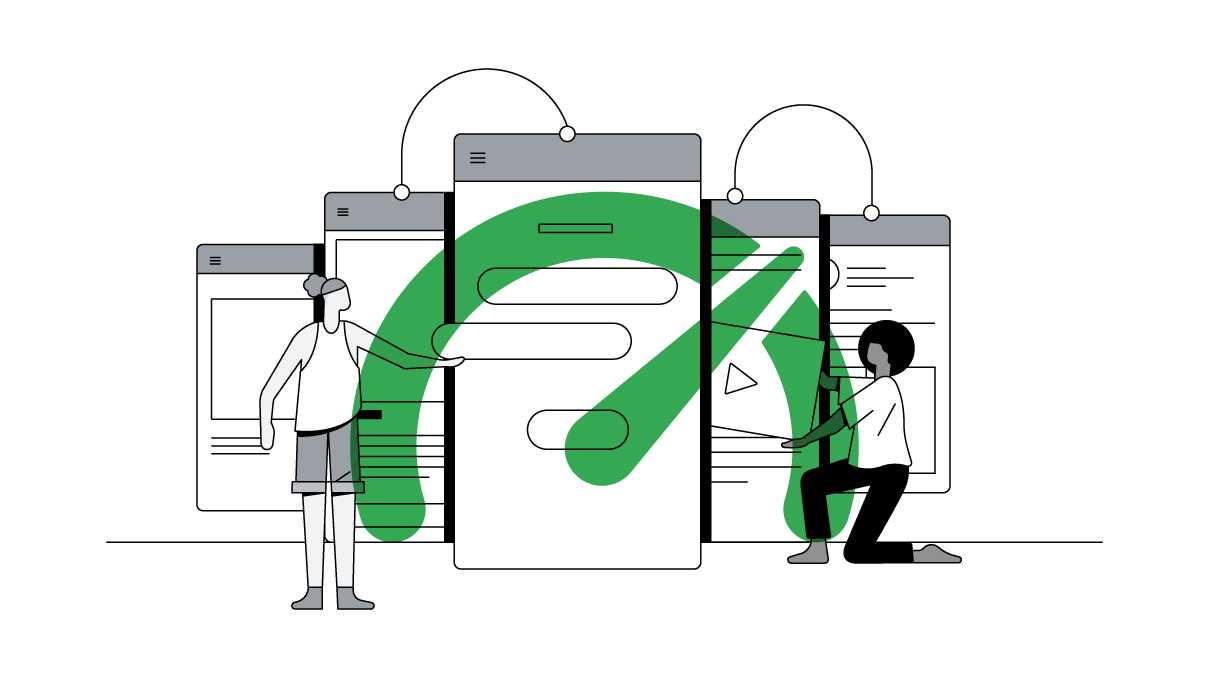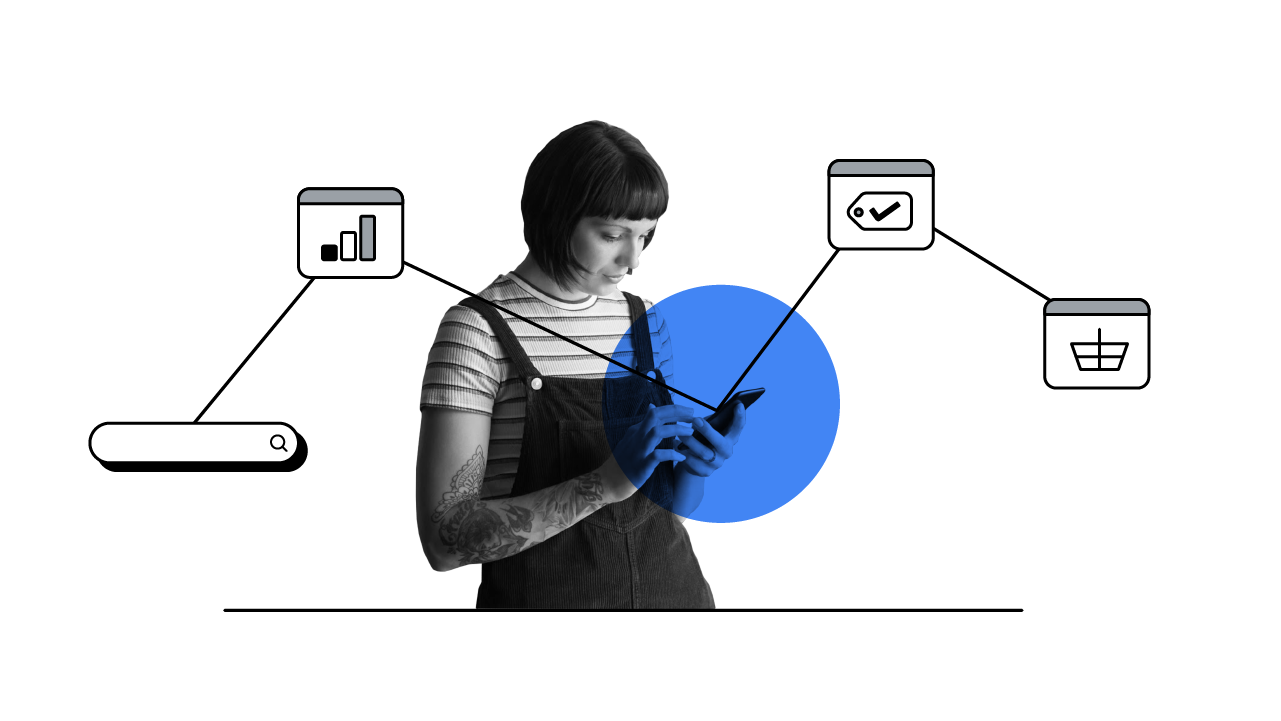The Mobile App UX Principles report is a conversion optimisation framework tailored to "Smartphone" mobile apps. It defines the key considerations when assessing apps, in order to identify how to improve the user experience (UX), optimise conversion and measure performance. It covers the whole customer journey, conversion points at each stage, and usability hygiene. Below is an executive summary of the report.
ADOPT
Remove roadblocks to usage
The focus at this stage is to remove all roadblocks to usage - and adoption - of your mobile app.
Splash Screen, Tips & Onboarding
Get users into app content / substance as quickly as possible, so that they can use and assess its value to them. First impressions count, and a splash screen gives you a short but vital window to engage a user in your proposition. Tips / help should be used in context to what a user is doing, and an onboarding sequence should only be employed if absolutely necessary - never make users wait.
Homescreen & Navigation
Your homescreen needs to provide the user with journey(s) and functionality to complete their priority tasks, and content that meets their expectations. Navigation should be clear, task-oriented and logical, and their location consistent throughout. Only primary navigation and content should be visible by default, with secondary content hidden - but available via tap or swipe - off-screen.
Sign-up, Sign-in & Permissions
One of the main points of difference between mobile apps and mobile sites, is that apps enable a user to be persistently logged-in, to benefit from a high level of convenience and personalisation, derived from their details, behaviours and transaction history. But, don't request sign-up until you absolutely need it, in order to provide such value to the user.
Mobile apps are shaping new transactional and service expectations and it's critical we improve user experiences and conversions.
USE
Make conversion decisions simple
The focus at this stage is to enable people to quickly search for what they want, to research and consider products and services, and continue their transaction journey across multiple devices.
Search
An excellent search facility will help users find what they want quickly and easily, in order to satisfy their needs and drive conversion. Usually, app search has a far higher conversion rate than non-search app usage, reflecting the higher intent of the shopper. There are a number of ways to enable search, from keyword search to product scanning and image search.
Product & Service
Product screens are where users make key conversion decisions, e.g. add to basket, add to wish list, locate store, call now, etc. And, strong product screens enable users to quickly transact, save for later, and share the items they have to make decisions on.
Cross Device & Offline
With the increase in consumers carrying out research on mobile and converting either in another session, on another device, or in-store, it is crucial that apps enable users to transition seamlessly across digital and physical touchpoints towards conversion.
TRANSACT
Provide the ultimate in convenience
The focus at this stage is to ensure first time users progress through each checkout stage with minimal effort, with reassuring messages at each stage, and convert without hesitation.
At basket stage: nudge users towards checkout (to convert) or continue shopping (to increase average basket value); confirm items and costs, and enable users to edit items. At personal and address details stage: reassure users to progress to payment quickly; pre-populate data for return user convenience, and provide a single-screen checkout for ultimate convenience. At payment stage: employ convenient data capture methods - e.g. scan cards, express payment - and pre-populate data for return users. At checkout and confirmation stage: remove distractions that don't lead to a conversion; display customer service options; give return users a single screen checkout; confirm key transaction details; and display contextual content that provides value beyond the immediate transaction (and contributes towards retention).
RETURN
Self service, engagement and delight
The focus at this stage is to give users reasons to return, by being useful, engaging and attempting to delight - in order to retain customers and encourage member loyalty.
Account & Passes
Account: apps are the ideal touchpoint for customers and members to self serve and manage accounts and transactions with you, anytime and anywhere. Give customers control and the level of convenience that only apps afford.
Passes: enable customers to conveniently receive and redeem passes or vouchers in-app, view their loyalty status, or receive timely updates when things change - and remove the need for them to print and carry physical collateral.
Content & Design
Enhance the user experience with appropriate content, tone of voice, engaging visual design, the subtle use of motion and transitions, or by providing better ways to discover content or items - and ensure the user never confronts dead-ends.
Widgets & Notifications
Widgets: are app extensions within your main app that provide a way for you to publish high-value nuggets of timely info to specific app users, which are displayed on a user's' Smartphone to be glanced at and digested briefly.
Notifications: are messages that alert users of highly relevant, timely and personal events, content, or messages. They stream in the background, oblivious to the user, until they see or hear an alert.





